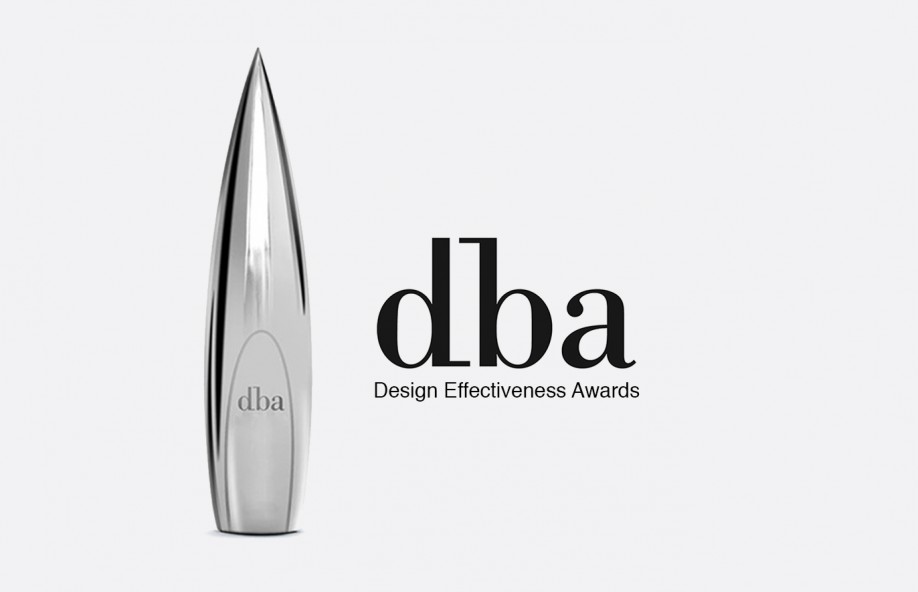Brushing Up on Plastic Manufacturing
Plastic still has merit in product design. This sentiment is becoming increasingly debatable as plastic is faced with increased condemnation for its contribution to landfill. Yet, the recent Grand Prix winner of the DBA’s 2019 Design Effectiveness Award was a low cost plastic toothbrush, giving reason to believe that plastic might not be all bad.
Design Effectiveness Award source: twitter.com
The Sensodyne Daily Care toothbrush was designed to target low income earners in the Indian market. This addressed the fact that 37% of Indian consumers saw pricing as a barrier to accessing sensitive oral care options. By using less material and designing a lighter product, the Daily Care toothbrush can be purchased for around 30 Rupees, or 62 Australian cents.
The ability to sell the toothbrush at such a low cost relies on the use of 45% less material and hollowing out the back of the product. This brings the weight of the toothbrush to 9.4 grams, compared to the 17 gram industry standard and makes the production cycle 37% faster, all without compromise to the quality. This resulted in a 17% increase in distribution outlets, proving to be of great financial benefit to the company.
Sensodyne toothbrush in stores source: effectivedesign.org.uk


